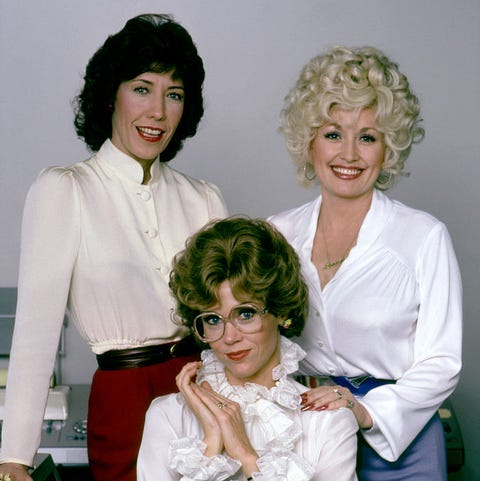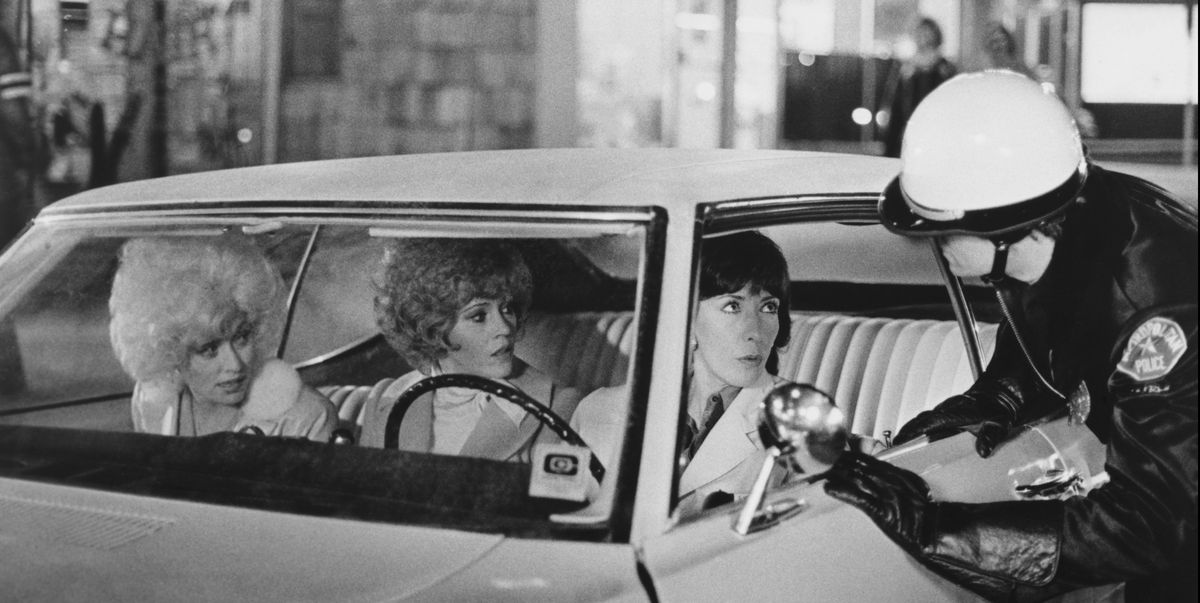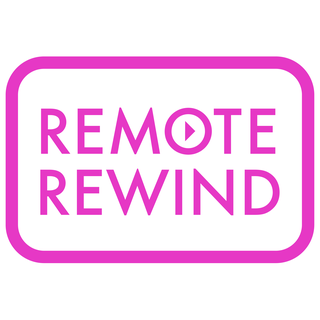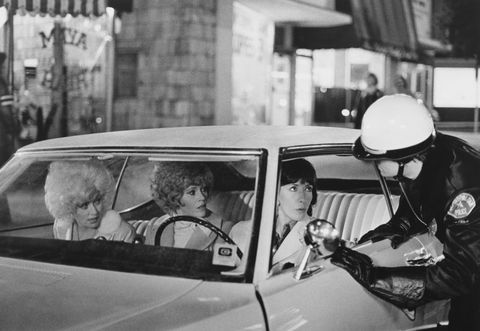
Sunset BoulevardGetty Images
Pour one out for the Roz Keiths of the world, beloveds. You know the OG Roz—the snippy and inquisitive executive assistant played by Elizabeth Wilson in the 1980 comedy classic 9 to 5. Though Roz’s boss Franklin Hart (Dabney Coleman) is the primary obstacle to the happiness and success of the film’s trio of heroines, it’s Roz who is Hart’s eyes and ears, as manager Violet Newstead (Lily Tomlin) points out. Roz is up in everybody’s business at the office, going so far as to crouch in a bathroom stall and transcribe a secret conversation on toilet paper. For the gossip folks among us (present and accounted for!), Roz is an icon of nosey representation on screen. Of course, for anyone who works in an office with someone whose nosiness crosses into the land of snitches, Roz is the ultimate pest. However, with cascading stay at home orders going into place across the nation and thousands of workplaces switching to work-from-home models, what are the Roz Keiths of the world to do? Who are they going to snitch on now—their cats? This is an interruption in the workforce that Congress has yet to address.
Roz is far from the focus of 9 to 5, a movie that hinges on the malfeasance of a sexist, egotistical, lying, hypocritical man and the shrewdness and camaraderie of some of the women who work for him. But ever since I saw the the movie for the first time, I’ve been thinking about Roz. “Is that how people really act in offices?” I wondered as a child, on my umpteenth rewatch of the film on my parent’s VHS. “Why doesn’t Roz see the possibilities of the workplace the way Violet does? And why won’t everyone acknowledge that the box of Skinny and Sweet really does look like rat poison? Let’s be honest with ourselves!”
Unsurprisingly, this frothy and sharply-drawn comedy provokes a lot of questions in the mind of an unemployed 10-year-old. And 40 years after its debut—plus many weeks into a quarantine—it’s bound to provoke questions for a modern worker reevaluating their relationship with office culture. Violet, new employee Judy (Jane Fonda), and secretary Doralee (Dolly Parton) spend much of their time plotting revenge on their evil boss, and the film reveals that not only can they function without him, but the office runs better under their leadership. When they lock Hart in his home after he accuses them of trying to murder him (it sounds a lot more severe when you write it out), the trio are quick to institute quality-of-life and quality-of-work changes to the office under Hart’s name. Violet, Judy, and Doralee create an on-site daycare for children of employees and introduce job-sharing, flex time, and equal pay. Some of the changes are common aspects of office life four decades later; others—as today’s Equal Pay Day in the U.S. illustrates—are not. The core idea at work in the film is that business as usual doesn’t have to be usual: it’s good to shake things up.
“It’s good to shake things up,” I remind myself as I struggle to set up an obscure video-conferencing platform, creating digital chaos much like Judy Bernly’s disastrous run-in with the Xerox. “It’s good to shake things up,” I mutter as I unpack a ring light and arrange a neutral background so I don’t look like a chaotic zombie who lives in a castle of dirty dishes and Skinny and Sweet boxes on a business call. “It’s good to shake things up,” I declare as I bake my tenth loaf of sourdough bread and pour myself a glass of afternoon wine. “Atta girl,” I respond to myself, echoing Violet’s cubicle-mate Margaret. Everything is going great here in my new workspace, where I am my own Roz!
In retrospect, it’s remarkable how instinctive the changes are to the heroines of 9 to 5. Of course, the ability to adapt and practice empathy in challenging circumstances makes sense for all three characters given what else is going on in their lives. Take Violet, who in one early scene is able to juggle four busy phone lines with aplomb, including one call from her four quarreling kids, before going home to fix the garage door opener. Watching it now, I couldn’t help but think (with a sympathetic shudder) about what life in self-isolation would be like for her—all those phone lines and kids under one roof, plus Zoom calls and school assignments. I take back what I poured out for the Roz Keiths and instead pour it out for the Violets making it work.
In their first interaction, Roz chastises Violet for letting employees keep personal effects on their desks. “No coffee cups on the desk,” Roz chides. “No personal items left in view. Photos, plants, et cetera…” Regardless of what 2020’s office culture is like, any admonishment about personal items sounds ridiculous when everybody is broadcasting from their living rooms. Personally, I think relaxing ideas of decorum around work is healthy for everyone. Seeing news reporters or co-workers corral their kids while giving a presentation reminds us all that we are not just our product. Hearing pets bark off-screen or hearing the buzz of the dryer in the background of a call isn’t just a tip for chaotic working from home—it’s the soundtrack to the fullness of life. It can be tempting to try to keep those things from impeding on the work day, but it’s not always necessary. One of the beautiful things about 9 to 5 is that it shows that with a little creativity, a lot of empathy, and the help of people who get it, “making it work” can be more than a compromise on the job. It can be the key to a better way of working and living.


